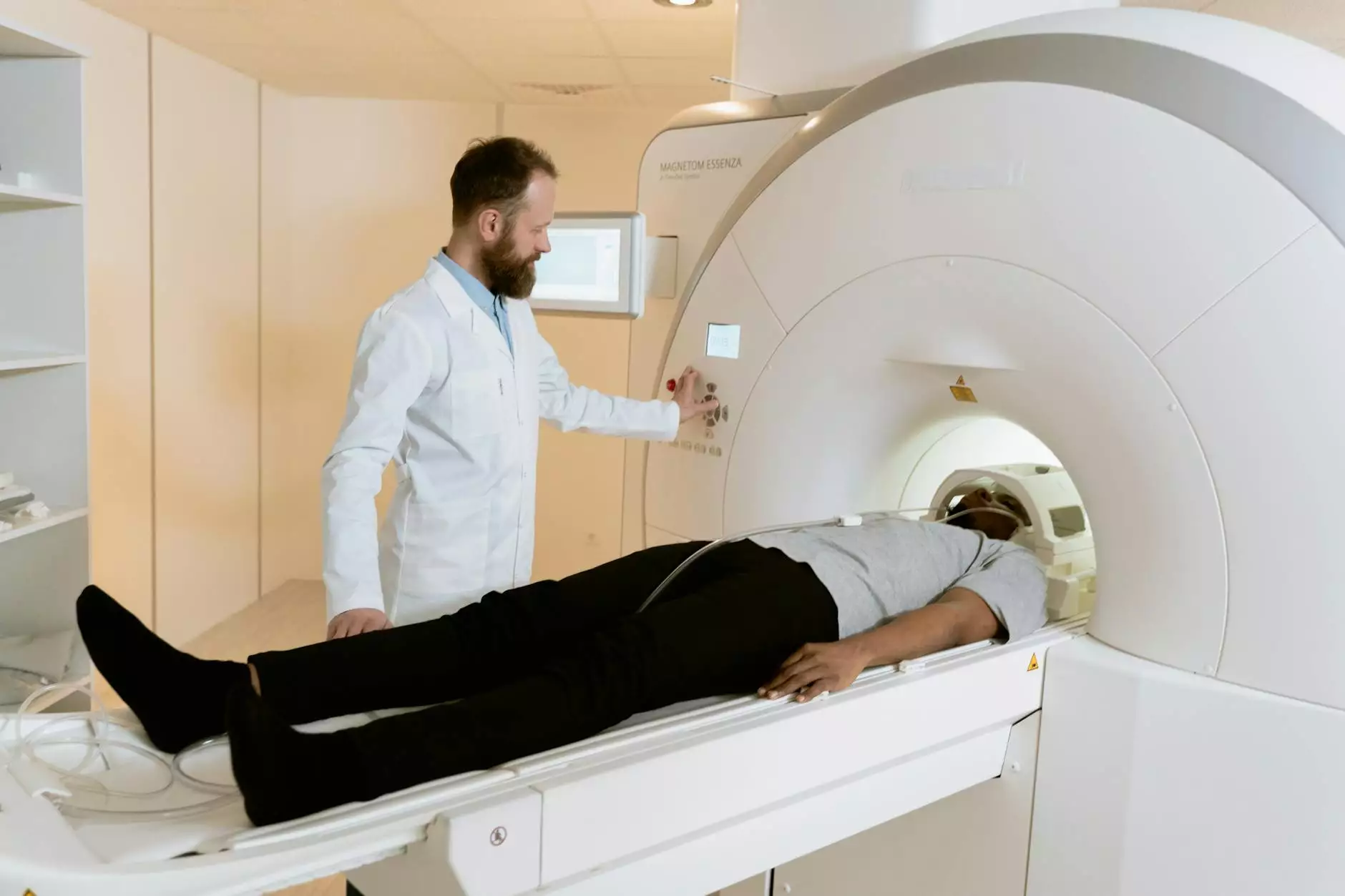Understanding Restless Legs Syndrome: Reasons and Insights

Restless Legs Syndrome (RLS) is a common condition that impacts the lives of millions of people worldwide. Characterized by an uncontrollable urge to move one's legs, particularly during periods of inactivity, RLS can lead to severe discomfort and disrupted sleep. In this article, we will delve into the reasons behind restless legs syndrome, its underlying causes, and the ways you can effectively manage and treat this perplexing condition.
What is Restless Legs Syndrome?
Restless Legs Syndrome, also known as Willis-Ekbom disease, is a neurological disorder that causes a compelling need to move the legs. This necessity often arises during the evening or nighttime hours, making it particularly disruptive to those trying to fall asleep or stay asleep.
Common Symptoms of Restless Legs Syndrome
The symptoms of RLS can vary from person to person but generally include:
- An irresistible urge to move the legs: This urge is often accompanied by uncomfortable sensations, which can include crawling, tingling, or burning feelings in the legs.
- Symptoms worsen during periods of inactivity: RLS symptoms are typically exacerbated when sitting or lying down for extended periods of time.
- Relief with movement: Moving the legs—through walking, stretching, or other physical activity—often provides temporary relief from symptoms.
- Sleep disturbances: The discomfort associated with RLS frequently leads to insomnia and disrupted sleep patterns.
Exploring the Reasons Behind Restless Legs Syndrome
Understanding the reasons behind restless legs syndrome can help in identifying potential treatment options. Various factors contribute to RLS, and these can generally be categorized into primary and secondary reasons.
Primary Reasons
In many instances, the exact cause of RLS remains unknown. However, certain genetic factors and abnormalities in the brain’s iron levels are often implicated.
Genetics
A family history of RLS indicates a genetic predisposition to the disorder. If a parent or sibling has RLS, your risk of developing it significantly increases.
Iron Deficiency
Research suggests that low iron levels in the brain can alter dopamine pathways that regulate movement, thus triggering RLS symptoms. Supplementing iron may help alleviate symptoms in individuals with iron deficiency.
Secondary Reasons
Secondary RLS occurs in conjunction with other medical conditions or lifestyle factors. Some common contributors include:
Chronic Conditions
Individuals with conditions such as diabetes, rheumatoid arthritis, or peripheral neuropathy may experience increased incidences of RLS.
Pregnancy
Pregnant women, particularly in their third trimester, often report symptoms of RLS, possibly due to hormonal changes or deficiencies in iron and folate.
Medications
Some medications, including those used to treat allergies, depression, or high blood pressure, may exacerbate RLS symptoms. It is important to consult with a healthcare provider regarding any medications that may trigger these symptoms.
Alcohol and Caffeine Consumption
Excessive consumption of alcohol or caffeine can lead to heightened symptoms of RLS. Reducing or eliminating these substances from your routine may improve your condition.
Diagnosing Restless Legs Syndrome
Diagnosis of RLS largely depends on the symptom profile and the patient's medical history. Healthcare providers often use the following criteria to diagnose RLS:
- The urge to move the legs is often accompanied by uncomfortable sensations.
- Symptoms begin or worsen during periods of rest or inactivity.
- Symptoms are partially or totally relieved by movement.
- Symptoms worsen in the evening or at night.
Managing Restless Legs Syndrome
While there currently is no known cure for RLS, various management strategies can help alleviate symptoms and improve quality of life. These include:
Lifestyle Modifications
Making certain lifestyle changes can significantly help control RLS symptoms:
- Regular Exercise: Engaging in moderate, regular physical activity can help alleviate symptoms. However, it’s essential to avoid intense workouts close to bedtime.
- Sleep Hygiene: Establishing a regular sleep schedule and creating a comfortable sleep environment can help improve sleep quality and reduce RLS flare-ups.
- Hot or Cold Compresses: Applying heat (via a warm bath or heating pad) or cold packs to the legs may provide temporary relief from discomfort.
Medical Treatment Options
In cases where lifestyle modifications do not provide sufficient relief, medical interventions may be necessary:
Medications
Several types of medications are prescribed to help manage RLS.
- Dopaminergic agents: These are the most commonly prescribed medications and aim to increase dopamine levels in the brain to alleviate symptoms.
- Gabapentin and Pregabalin: These seizure medications have been found to help with RLS symptoms, especially for those with nerve pain.
- Iron Supplements: If iron deficiency is identified, iron supplements may be recommended.
Alternative Therapies
Some individuals with RLS have found relief through alternative and complementary therapies, including:
- Massage Therapy: Massaging the legs can help decrease discomfort.
- Acupuncture: Some patients report improved symptoms through acupuncture treatments.
- Yoga and Relaxation Techniques: Incorporating yoga or mindfulness can help alleviate stress levels that may aggravate RLS symptoms.
When to Seek Medical Help
If you suspect you are experiencing symptoms of RLS, it is crucial to consult with a healthcare provider. Early intervention can help manage the condition more effectively and improve your quality of life. Look for medical assistance if:
- Your symptoms interfere significantly with your sleep or daily activities.
- You experience chronic or worsening symptoms.
- There are accompanying symptoms such as pain, swelling, or skin changes.
Conclusion
Restless Legs Syndrome can be an arduous condition for those affected; however, understanding its causes and symptoms empowers patients to seek appropriate management and treatment. By recognizing the reasons behind RLS and working with healthcare providers, individuals can take steps towards reducing their discomfort and improving their overall well-being.
For further assistance and tailored treatment options, visit Truffles Vein Specialists, your trusted source for vascular medicine.
restless legs syndrome reasons








